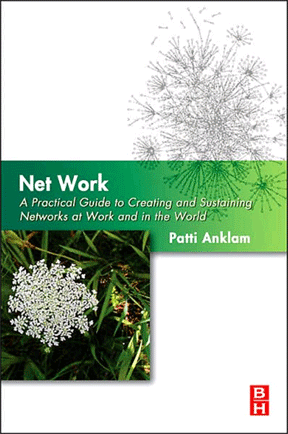Last year I wrote a short series of blogs on the AppGap called the “3 KMs:” Big KM, Little KM, and Personal KM. I had made this set of distinction in preparing a talk for people who had no prior exposure to knowledge management, as a way of positioning for them the different ways that people think about KM. It turned out that a number of people found this set of distinctions useful.
Over the past two or three years, I’ve been mulling the way that the term social media is used in a variety of contexts, in which the same terms are used as if interchangeable but are really not. I started putting some definitions around social terms in this blog recently (see Socializing), and then I was asked to give a talk about “social media” for a client (this is available on SlideShare). That was the opportunity I needed to break out the distinctions in social media.
I am starting with the “4 SMs”:
- Media SM
- Customer SM
- Enterprise SM
- Personal SM
Each of these distinctions comprises a different context in which the tools of social computing are used; but in all contexts the use of social tools has shifted forever the relationships to a focus on conversation over the presentation and consumption of content.
Today, I’ll summarize the Media SM, and move on to the other SMs over the next few days. During this time I’ll also be mulling (and hoping for your ideas) on the shadowy “5th” SM — the networked, community, purposeful use of social media to bind networks, causes, and events. I just don’t have a name for it yet.
Media SM
We first started thinking about social media at the advent of the age of the blogger. Beginning in 1994, news, commentary, and opinions were no longer the exclusive purview of the traditional, established “media” who were using the web to re-publish their static pieces. Clay Shirky describes the phenomenon of the independent, blog-based information media as “mass amateurization.”
I see the Huffington Post (launched in May 2005) as the, uh, poster child, for the professionalization of the blog as a news and commentary platform, though the established media have done well in catching up and incorporating comments and conversations within the context of their opinion pages. (The New York Times can boast having 22 of the top 50 newspaper blogs.)
Mass amatuerization extends to the reporting of news; “citizen journalists” play an important role in both large and local events. I understand these things to be true, though I am not expert in the history of the socialization of the press. Nor am I an active participant in the side of the blogosphere that deals with the news of the day. I might spend more time doing some research to fill out these points if (1) this was a topic for which I had passion or (2) if it were not such a sunny and beautiful spring day.
But there it is, the first SM: media SM, or the transformation/socialization of “media.”



Pingback: 3 KMs and 4 SMs — Mathemagenic
Pingback: Patti Anklam » The Fourth SM: Personal SM
Pingback: Harold Jarche » Emergent Social Media
Pingback: Patti Anklam » The 5th SM